The consumption of bone marrow and bone broths have become more commonplace, and even hip, with the rise in popularity of the Paleo Diet, Perfect Health Diet and GAPS Diet. Bone broths are meant to be a staple in evolutionary-type diets as a rich source of calcium and other minerals. It is made by submerging bones and any other uneaten part of the animal in water, and simmering for 12 to 48 hours. This process allows the minerals to dissolve into the water as the bones and cartilage disintegrate. Bone broth is thus rich in calcium, phosphorous, magnesium, collagen (which is made of protein, specifically the amino acids proline and glycine), glucosamine, chondroitin, keratin and hyaluronic acid.
These constituents are nuritionally useful for many of the body's physiological processes, including:
![By Hannes Grobe (Own work) [CC-BY-3.0 (http://creativecommons.org/licenses/by/3.0)], via Wikimedia Commons Broth](https://upload.wikimedia.org/wikipedia/commons/thumb/6/6f/Broth_hg.jpg/512px-Broth_hg.jpg)
Bone Broth
- Bone growth and repair (especially if you stress fractured your feet wearing barefoot runners)
- Glucose production and blood detoxification by the liver
- Tissue healing and maintenance
- Plasma production
- Digestion and absorption of nutrients
- Muscle contraction
- Thyroid function.
Sounds great, right? Bone broths are certainly a powerful food and quite important when dairy is not being consumed. However, a study was recently published in the journal Medical Hypotheses raising concerns of lead contamination in commercially-available bone broths. Lead toxicity in humans can cause reproductive and gastrointestinal problems, neuropathy, anemia, abdominal pain, memory impairment, and depression, and recent studies suggest that even small amounts of lead exposure can cause trouble.
Lead is stored in bones and thus it was hypothesized that the lead concentration in bone broths would greatly exceed that of tap water. The researchers investigated three different broths made with tap water and organic chicken bones, meat without the bones, and skin and cartilage without the bones. The tap water used to make the broths had 89 parts per billion of lead. The bone broth contained 700 parts per billion and the skin and cartilage broth contained 950 parts per billion. This may sound alarming at first, but keep in mind that the legal limit for lead in drinking water is actually 1500 parts per billion. It is possible that the benefits of bone broths surpass the increased exposure to lead, but this is likely both dosage dependent and individual. It's also unclear whether pasture-raised animals, preferred in the Paleo Diet, might have less lead in their bones than standard grain-fed animals (organic or not). Certain individuals and populations, like pregnant women, should take greater care to avoid lead exposure.
If you frequently consume bone broths, one prudent measure would be to have your doctor order a blood test for lead and possibly erythrocyte protoporphryn (EP), which will see if your recent bone broth ingestion pattern has resulted in significant lead exposure.
Link to Study in Medical Hypotheses


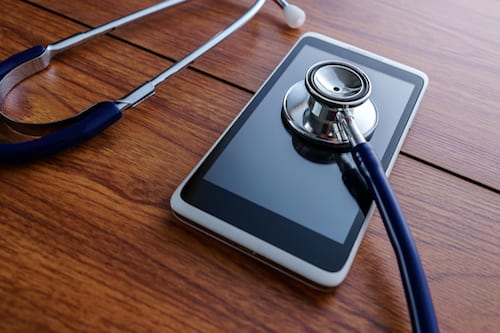
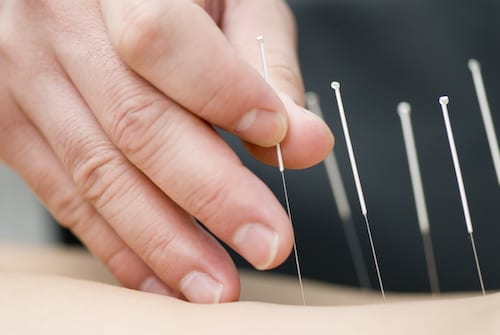


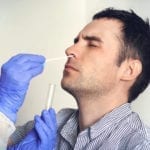
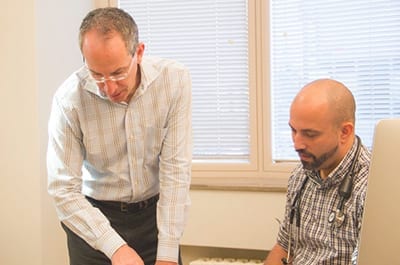


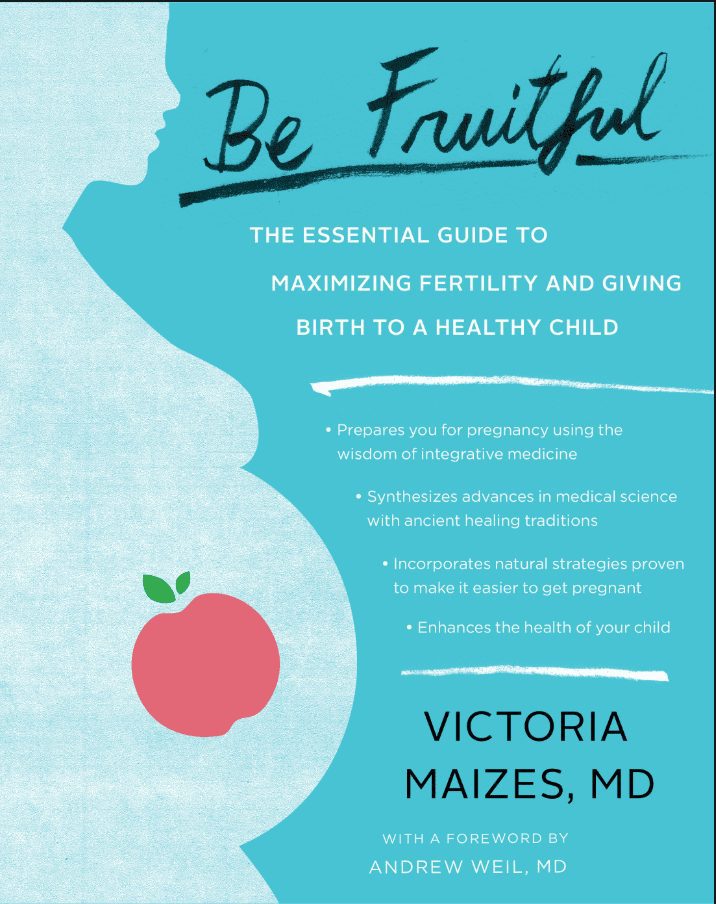
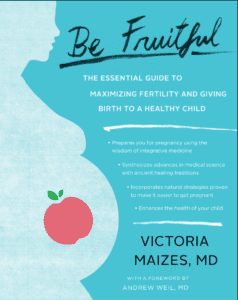


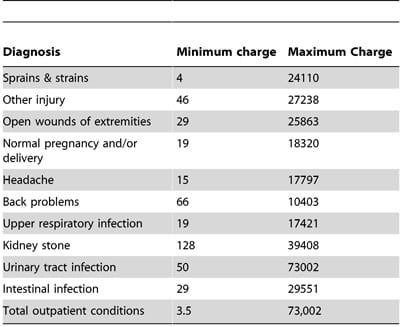
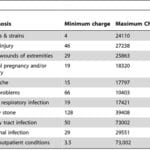







 elevated cholesterol in lower risk populations is a bad idea, despite extensive historical drug company marketing to the contrary.
elevated cholesterol in lower risk populations is a bad idea, despite extensive historical drug company marketing to the contrary.